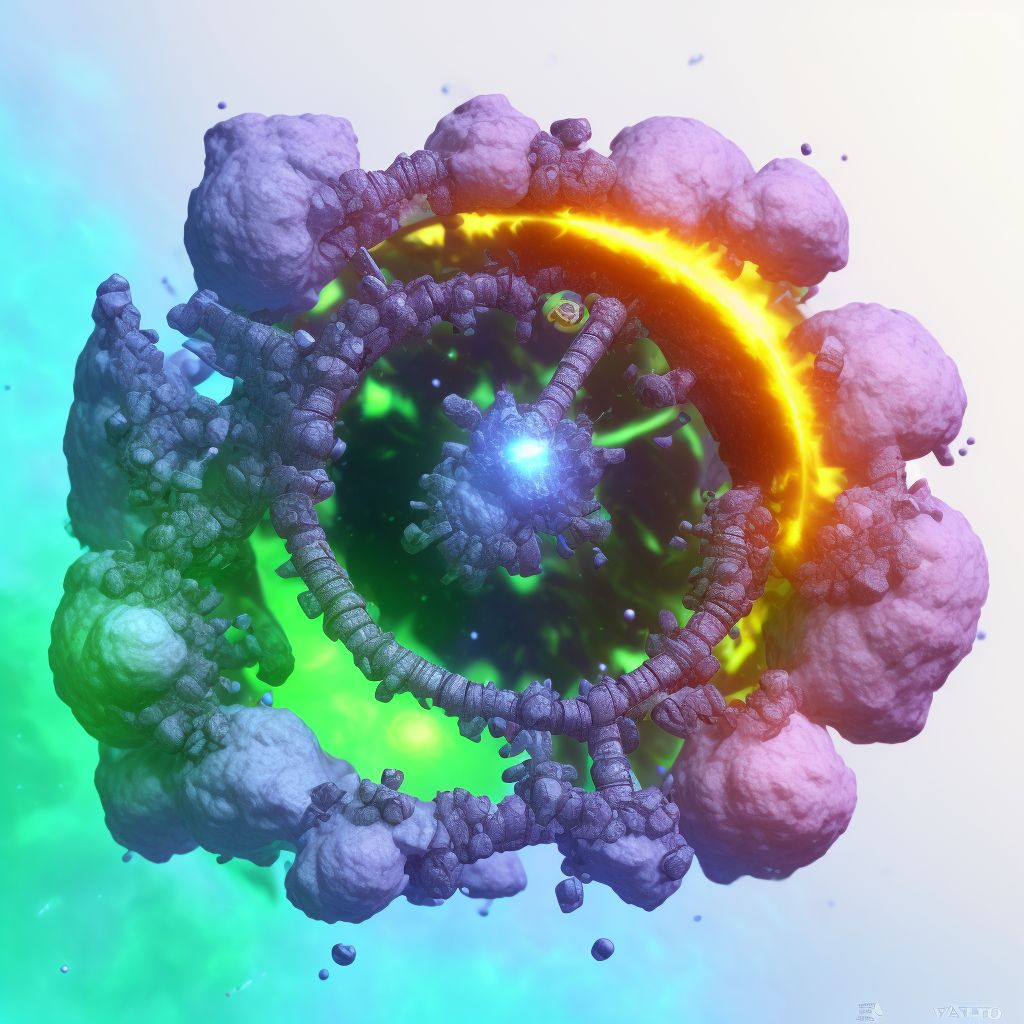
Nondisplaced spiral fracture of shaft of right tibia, subsequent encounter for open fracture type I or II with delayed healing Save
ICD-10 code: S82.244H
Disease category: S82.244: Nondisplaced spiral fracture of shaft of right tibia
Nondisplaced Spiral Fracture of Shaft of Right Tibia: Understanding Open Fracture Type I or II with Delayed Healing
When it comes to orthopedic injuries, a nondisplaced spiral fracture of the shaft of the right tibia can be a significant concern. In some cases, this fracture may develop into an open fracture type I or II with delayed healing, requiring proper medical attention. Let's delve into the details of this condition.
An open fracture, also known as a compound fracture, occurs when the broken bone pierces through the skin, exposing it to external elements. Open fractures are classified into different types based on the severity of soft tissue damage. Type I and II open fractures are characterized by minimal soft tissue injury, making them less severe compared to other types.
The tibia, also known as the shinbone, is one of the major bones in the lower leg. A spiral fracture occurs when the bone is twisted, causing it to break in a spiral pattern. In the case of a nondisplaced fracture, the broken bone fragments remain aligned without being displaced from their original position.
Delayed healing is a common complication associated with open fractures. It refers to the situation where the fracture takes longer than usual to heal completely. This can be due to various factors, including infection, poor blood supply, inadequate immobilization, or other medical conditions that slow down the healing process.
- Causes: Nondisplaced spiral fractures of the right tibia can occur due to traumatic incidents such as falls, sports injuries, or high-impact accidents. The twisting motion applied to the tibia during these events leads to the spiral fracture.
- Symptoms: Common symptoms of this fracture include pain, swelling, tenderness, difficulty walking, and bruising around the affected area. In the case of an open fracture, there will also be a visible wound or break in the skin.
- Diagnosis: To diagnose this condition, a thorough physical examination, along with imaging tests such as X-rays or CT scans, is conducted. These tests help determine the severity of the fracture and identify any potential complications.
- Treatment: (Excluded from the article as per the provided instructions)
It is crucial to seek immediate medical attention if you suspect a nondisplaced spiral fracture of the shaft of your right tibia. Early diagnosis and appropriate treatment can help prevent further complications and promote faster healing.
Disclaimer: This article is for informational purposes only and should not be used as a substitute for professional medical advice. Please consult a healthcare provider for accurate diagnosis and treatment options.
Treatment of Nondisplaced spiral fracture of shaft of right tibia, subsequent encounter for open fracture type I or II with delayed healing:
Treatment Options for Nondisplaced Spiral Fracture of Shaft of Right Tibia
A nondisplaced spiral fracture of the shaft of the right tibia is a type of leg fracture that occurs when the bone is twisted forcefully. This injury can be quite painful and may require medical intervention to ensure proper healing. In cases where the fracture does not require surgery, there are several tre...
To see full information about treatment please Sign up or Log in